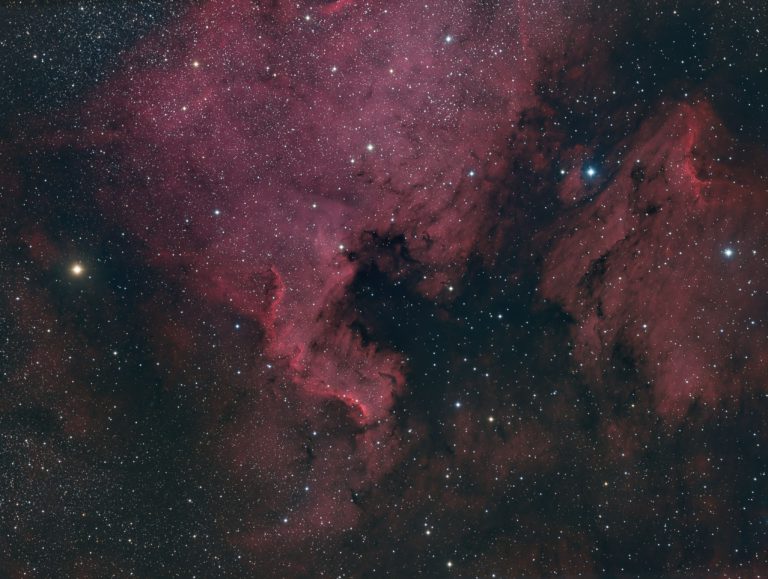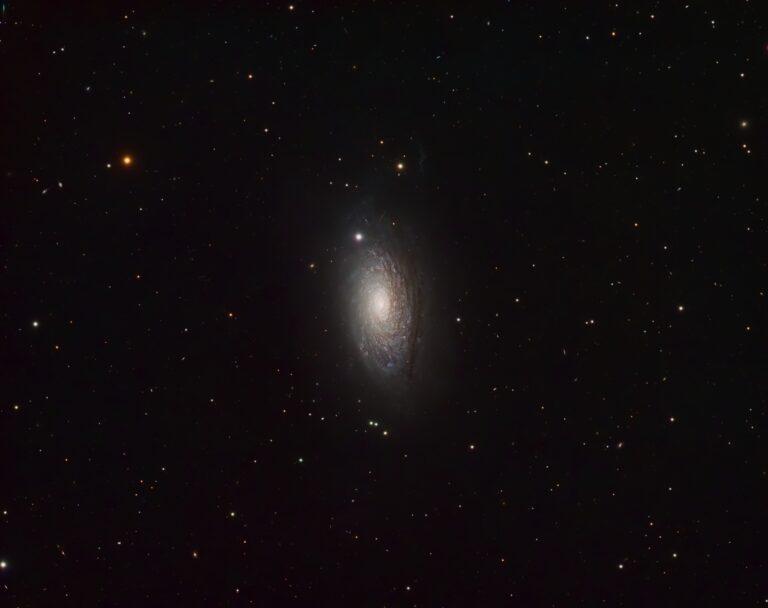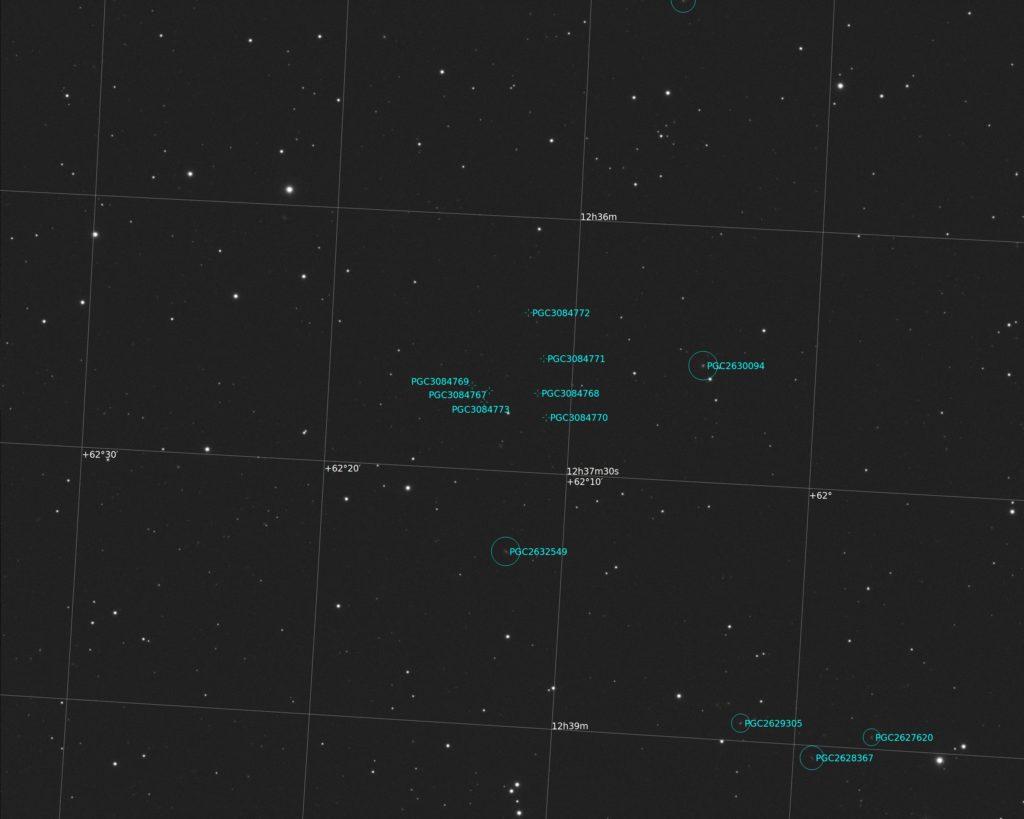HaRGB A perennial favourite object to image in the summer and autumn months in the Northern Hemisphere. I’ve imaged this target with multiple equipment combinations over the years. For example, in One Shot Colour (OSC), in widefield and in a very wide field.As part of the image I used my existing Ha dataset from 2018/2019 which consists of 48 x 600 second exposures. I discuss capture of this image here. 48 x 600s Ha Image I then captured the RGB dataset in October 2021. This image is my first image set that I captured using the excellent NINA (Nighttime Imaging “N” Astronomy) imaging software. I captured four hours of RGB data through Astrodon 31mm E series Gen 2 filters binned at 1×1. This consisted of 300 second exposures. Seeing and transparency were not good but clear nights have been very infrequent in the UK in the past six months so I…
M108 is a galaxy about 45 million light years away in the constellation of Ursa Major. It is sometimes called…
M63 is a magnificent spiral galaxy located in the Northern constellation of Canes Venatici, about 30 million light years away. The galaxy is a member of the M51 group. There are lots of faint galaxies in the background. M63 – The Sunflower Galaxy Technical Data Full resolution image here (opens in new tab)M63, often called the Sunflower Galaxy because of its resemblance to that flower, is a spiral galaxy about 27 million light years away in the constellation of Canes Venatici. It is a member of the M51 group of galaxies.I captured the data for this image of the galaxy from my back yard observatory in Nottingham, UK over the nights of 4th and 5th of May 2021 when M63 was high near the zenith. Most of the data was captured in the middle of the night on an automated basis whilst I was asleep in bed! I used my…
I captured two ISS transits of The Sun on the weekend of 12-13th June 2021. Both images and videos were…
Background The Hubble Deep Field (hereon-after the HDF) is an iconic image from the Hubble Space Telescope (HST). In 1995 the HST was instructed to stare at a tiny patch of space in the constellation of Ursa Major that is almost devoid of stars and is far from the plane of the galaxy, enabling the telescope to stare out of the galaxy into the depths of the Universe. It did this for about 190 hours with a total of 340 exposures and in so doing captured some of the most distant galaxies in the Universe, some of which are an astonishing 12 billion light years away. Location of The Hubble Deep Field The Hubble Deep Field through the Hubble Space Telescope The HDF is located above the “bowl” of The Plough (or Big Dipper as it is called in North America) asterism in Ursa Major as can be seen in…



